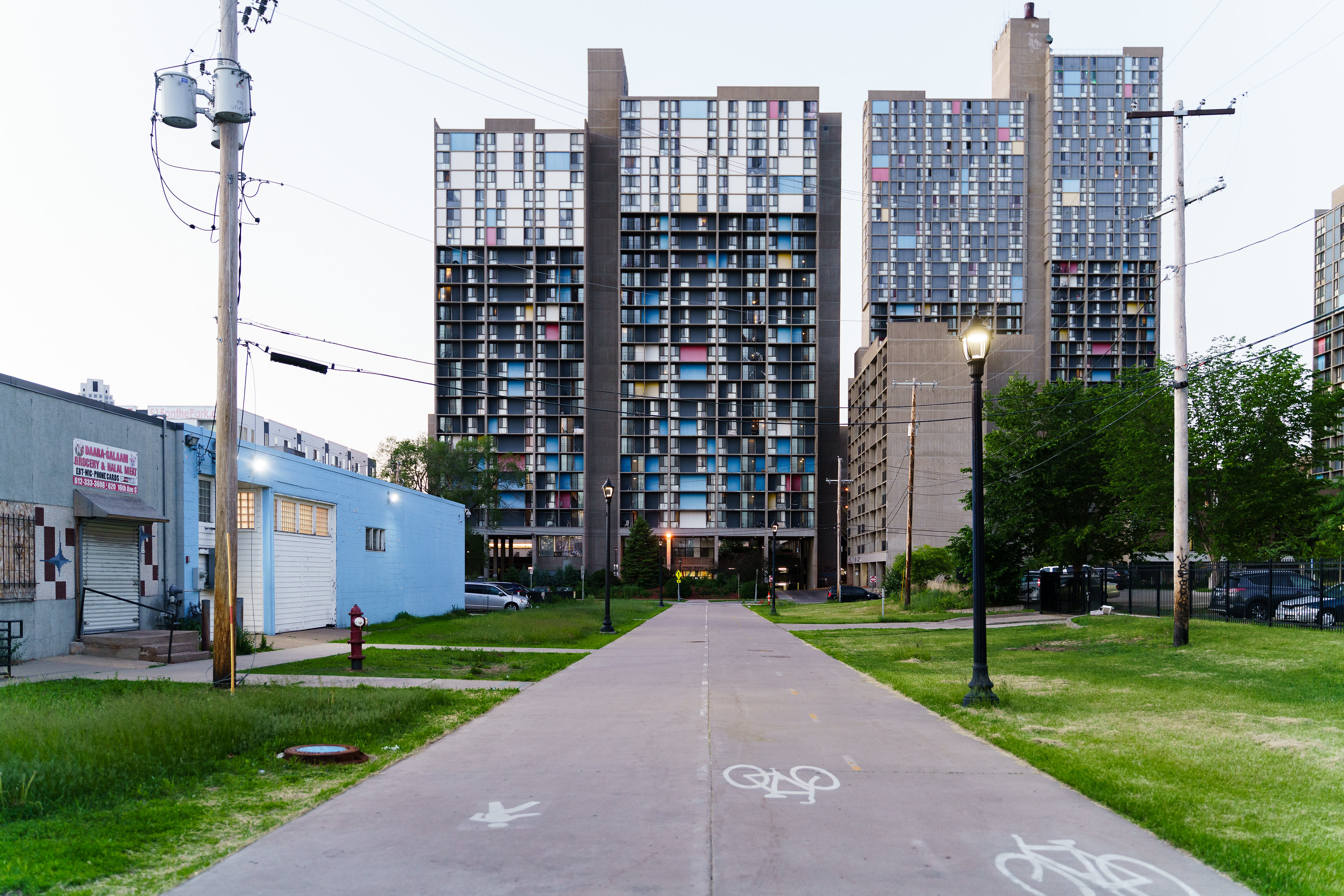April 15, 2024
Treasure Tinsley is a graduate student in History in the College of Liberal Arts at the University of Minnesota Twin Cities. She is an Interdisciplinary Doctoral Fellow at the Institute for Advanced Study for 2023–2024 and is developing her dissertation project, “Problem Property: Reproductive and Carceral Logics of Urban Renewal in the Cedar-Riverside Neighborhood, 1950–1990.”
IAS Communications and Program Assistant Lucy Bichakhchyan spoke with Tinsley about her work.
Lucy Bichakhchyan: What sparked your interest in studying the Cedar-Riverside neighborhood?
Treasure Tinsley: The Cedar-Riverside neighborhood in Minneapolis is a fascinating case study because it has undergone many urban renewal projects throughout the 20th century. Despite all these attempts by city officials and private developers to reshape and "redevelop" the area, a vibrant community has persisted. I'm interested in understanding how the lives of residents in the neighborhood played out against the backdrop of these top-down development plans.
LB: Can you give some examples of the urban renewal projects impacting Cedar-Riverside?
TT: Absolutely. One of the most significant was the construction of the I-35W and I-94 freeways, which physically isolated Cedar-Riverside from the rest of the city. This made the neighborhood a prime target for further redevelopment by the University of Minnesota, which expanded its campus there, and private housing developers marketing to university students and faculty. Each new plan tried to reimagine the area based on certain ideas of who should live there and what the neighborhood should look like. But the existing residents, with their own visions for the community, pushed back in various ways.

LB: What unique perspective does your research bring?
TT: A lot of scholarship has understandably focused on how urban renewal displaced and exploited marginalized communities. My project looks at another dimension—how these development projects attempted to inscribe very normative ideas about race, gender, and family into the physical landscape itself.
By analyzing the plans, marketing materials, and resident responses, I'm exploring the "reproductive politics" at play. Certain bodies and households were deemed the ideal residents, while others were seen as problems to be solved through redevelopment. These racialized and gendered assumptions of who belonged shaped the materiality of the buildings, parks, and streetscapes.
LB: Why is this history important for people to understand?
TT: The histories of urban renewal and racial housing discrimination are tough, uncomfortable topics. However, engaging with them is crucial for recognizing how our cities have been shaped by these powerful narratives about who is valued or made to feel out of place.
My aim is to inspire people, especially those tied to institutions like the University of Minnesota, to grapple with their relationship with places like Cedar-Riverside. What responsibility do we have to communities displaced or disrupted by urban development agendas, historically and today? These are the questions I hope people will consider after learning about this neighborhood's complex story.
